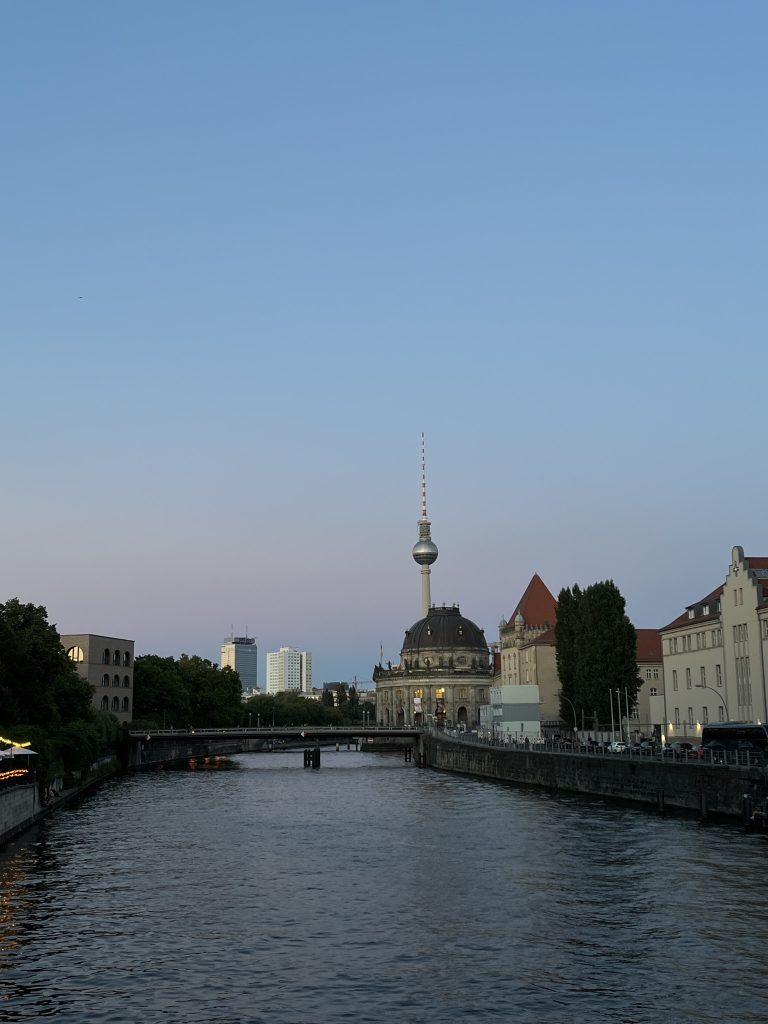
Urban sustainability explained
Esseen tyyppi: Yksilöessee / 2 esseepistettä.
During January and February of this year there has been a lecture series on the topic of Urban Sustainability organized by Tampere University in collaboration with Sustainable Transformation of Urban Environments, or STUE. I participated in three of the lectures with the goal of learning more about urban sustainability and how our daily life is influenced greatly by the concept. They were all run by students or workers from Tampere University.
Lecture 1: Introduction to Urban Sustainability
The first lecture was an introduction to urban sustainability. This connected concepts such as social sustainability, climate change, and urban metabolism together. It began with an introduction to sustainability and circular economy, which were topics I was already familiar with, but they were an important base for the lecture as a whole.
The key takeaways for me from the lecture were the three pillars of sustainability and urban metabolism, which easily go hand in hand with each other. Sustainability can be broken down into social, environmental, and economic pillars, which all aim at creating longer lasting developments in the world. Social sustainability aims at maintaining a society’s wellbeing by prioritizing aspects such as equality, wellness, and community (University of Alberta n.d.). Environmental sustainability refers to the world’s natural resources being consumed at a speed where they can replenish, and development aspects are linked to renewable resources (University of Alberta n.d.). Economic sustainability ensures financial security and economic systems are available for everyone (University of Alberta n.d.).
Whereas urban metabolism categorizes a human’s needs and allows cities to then accommodate those needs into their urban environment. The basic needs are the ones everyone needs to survive, the safety needs are important for society to feel safe, and the social needs aim at creating a sense of belonging that people crave. These needs vary from person to person due to age, gender, ethnicity, and habits, which makes them challenging for cities to accommodate.


Lecture 2: Urban housing design and sustainability
The second lecture focused on what makes a sustainable living environment and various qualities that influence it. The lecture was organized by Sofie Pelsmakers, who is the Chief of Architecture at Tampere University. The concept has four interconnected aspects that when combined are more resilient towards changes, which I will explain further below.
Diverse and adaptable infrastructures: this refers to housing that is adaptable to various changes to allow for longevity and less moving around. Diverse housing also ensures that visitors should be able to fit comfortably and spaces should be multipurpose to allow for furnishability and modifications.
Social infrastructure: This aspect is pedestrian oriented and prioritizes accessible and inclusive spaces for everyone. One main objective is building well-lit community spaces that allow for social interactions and a feeling of safety.
Green infrastructure: These are spaces that support biodiversity, climate improvement, and human connections. For example, parks, roof top gardens, courtyards, and playgrounds are easy examples to implement in cities. Barcelona’s superblocks are a prime example.
Inclusive and equitable infrastructure and cooperation: This ensures that people are included in planning and decision-making processes. This way, everyone’s needs are accounted for and people can feel a sense of belonging in their city.


PICTURE 1: Barcelona ‘super block.’ (Peters, A. 2022)
When planning a city and considering qualities that make an area livable, we must expand our horizons. Although the actual home is important, the near surroundings and blocks influence the quality and so does the entire neighborhood where the home is located, since living does occur outside of the physical building as well. This can be referred to as micro – the building, meso – block and nearby, and macro – neighborhood and city.
One thing I found interesting was the impact natural light has on the quality of an apartment, especially studio apartments. Longer hallways and deeper apartments offer limited opportunities to have windows or natural light from multiple sources and can lead to feelings of loneliness and disconnect from the outside world.
Lecture 3: Urban everyday peace
The third and final lecture was organized by two doctorate students from Tampere University on the topic of urban everyday peace. This essentially means that there should be a way for everyone to find peace every day within their urban environment. Everyday peace is challenging to define, but can be easier understood through drawings, habits, and rhythms.
The lecture was more focused on how to measure everyday peace and what things we should consider. For example, urban conflict should not be avoided, because it allows for productive and constructive developments to occur. In all cities, there are diverse people and when they clash, they create larger perspectives which can lead to acceptance and peaceful interactions.
Some methods on how to collect information are ethnography and mapping. Ethnography refers to observing human interactions, sketching, and interviewing strangers to get a better understanding of the society. Whereas mapping is more mental and looks at how people observe their environments and routines.
In the lecture, we were given a few minutes to draw our own home and the nearby surrounding areas that play an important role in our daily lives. We were also instructed to describe feelings related to each area and write observations down as well. Here is my map:


References
Corredor Ochoa, A. 2023. Urban sustainability. Lecture. Studia Generalia: open lecture series on urban sustainability 10.1-14.2.2023. Tampere University. Tampere.
Pelsmakers, S. 2023. Urban Housing Design and Sustainability: What Makes a Sustainable Living Environment? Lecture. Studia Generalia: open lecture series on urban sustainability 10.1-14.2.2023. Tampere University. Tampere.
Sevik, E. & Suoranta, A.S. 2023. Urban Everyday Peace. Lecture. Studia Generalia: open lecture series on urban sustainability 10.1-14.2.2023. Tampere University. Tampere.
University of Alberta. N.d. What is Sustainability? Read 15.02.2023. https://www.mcgill.ca/sustainability/files/sustainability/what-is-sustainability.pdf


